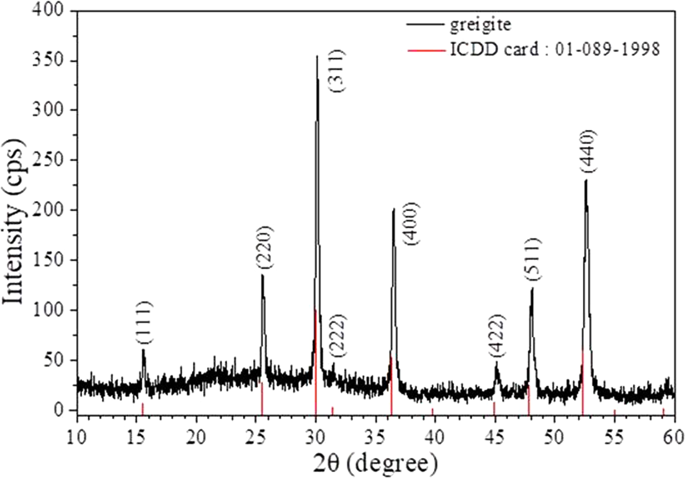Scientific Reports ( IF 3.8 ) Pub Date : 2019-05-28 , DOI: 10.1038/s41598-019-44319-8 Yan-Hong Chen,Yen-Hua Chen,Wen-Dung Hsu,Yin-Chia Chang,Hwo-Shuenn Sheu,Jey-Jau Lee,Shih-Kang Lin

|
The transformation of pyrite into pyrrhotite above 500 °C was observed in the Chelungpu fault zone, which formed as a result of the 1999 Chi-Chi earthquake in Taiwan. Similarly, pyrite transformation to pyrrhotite at approximately 640 °C was observed during the Tohoku earthquake in Japan. In this study, we investigated the high-temperature phase-transition of iron sulfide minerals (greigite) under anaerobic conditions. We simulated mineral phase transformations during fault movement with the aim of determining the temperature of fault slip. The techniques used in this study included thermogravimetry and differential thermal analysis (TG/DTA) and in situ X-ray diffraction (XRD). We found diversification between 520 °C and 630 °C in the TG/DTA curves that signifies the transformation of pyrite into pyrrhotite. Furthermore, the in situ XRD results confirmed the sequence in which greigite underwent phase transitions to gradually transform into pyrite and pyrrhotite at approximately 320 °C. Greigite completely changed into pyrite and pyrrhotite at 450 °C. Finally, pyrite was completely transformed into pyrrhotite at 580 °C. Our results reveal the temperature and sequence in which the phase transitions of greigite occur, and indicate that this may be used to constrain the temperature of fault-slip. This conclusion is supported by field observations made following the Tohoku and Chi-Chi earthquakes.































 京公网安备 11010802027423号
京公网安备 11010802027423号